One of the most common requests I get as a tennis coaching is to help players with their footwork. Often players believe they have a good swing but get undone when playing by getting their feet into the wrong position.
Most of the time the key to good footwork is early anticipation of the incoming ball. Once you have anticipated the incoming ball you are going to receive you then need to very quickly get your feet into the right position to allow you to hit the shot that you desire.
This is what the pros do very well, they often look like that have so much more time to prepare for their shot than us mere mortals. Different incoming balls and different outgoing shots desire different stances.
This is not an exact science as maintain a good swing, angle to the racket and racket speed is how we directly control the shot. To support the swing, we get ourselves into a stance that enables us to be stable throughout the shot and to increase control of the ball (Speed, Spin, Direction, Depth and Height).
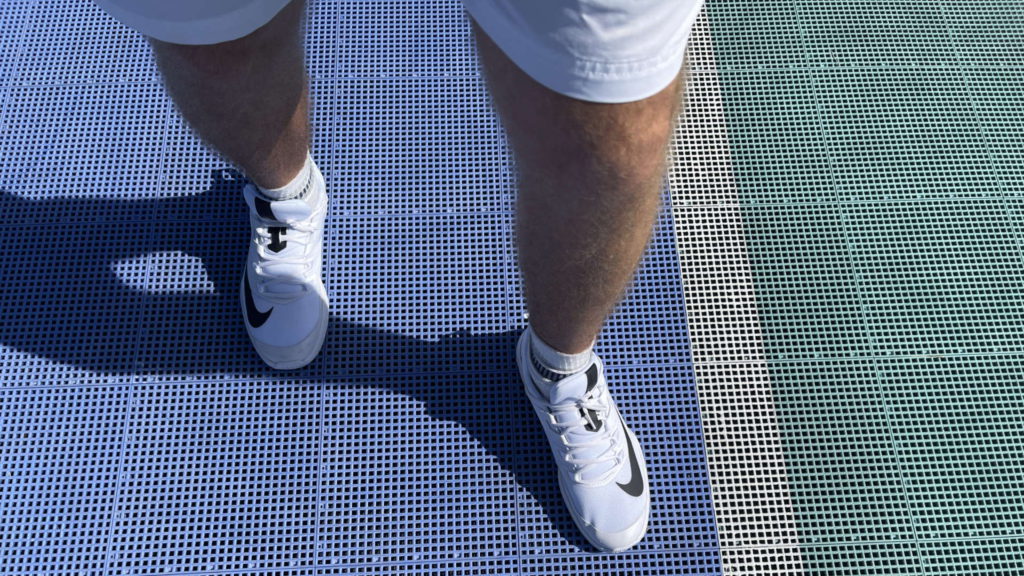
Closed Stance
This is where as you turn your body to hit the shot you allow your front leg to step across your back leg. This stance is most common on the single handed backhand and lower balls.
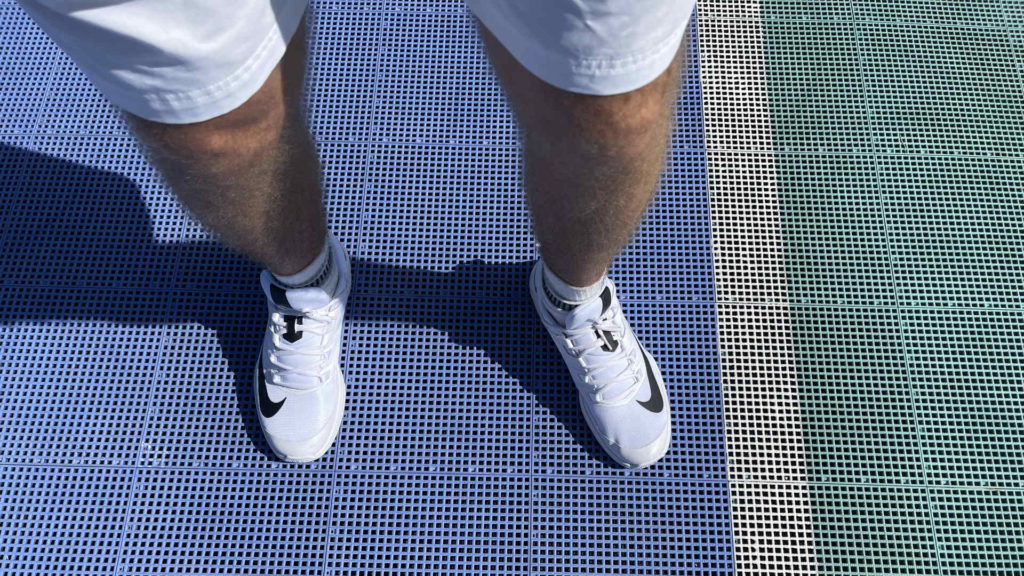
Neutral / Squared Stance
This is the conventional stance that is most common for players of all levels. Having your legs parallel to each other and side on to the net. With this stance you play virtually all incoming balls.
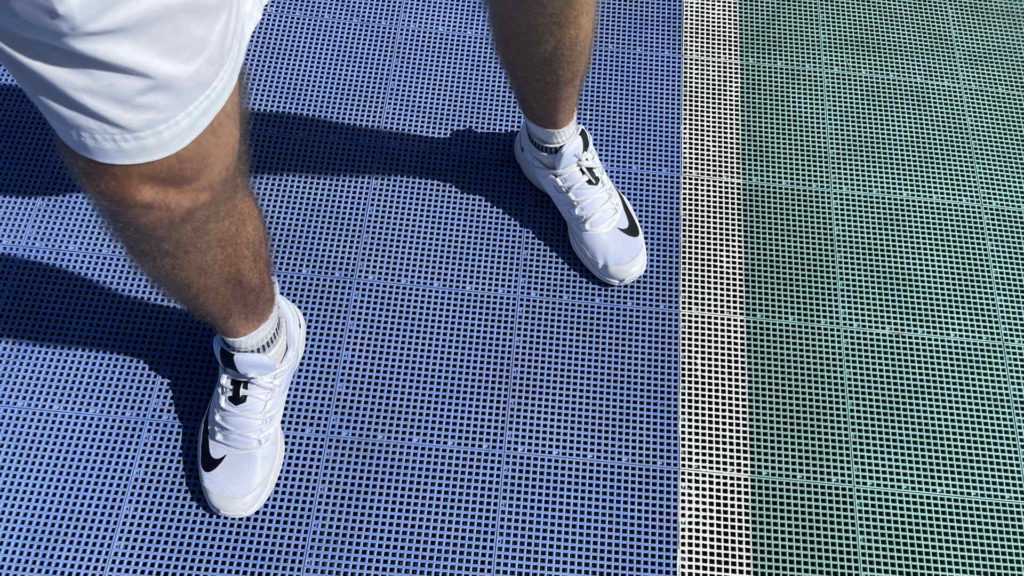
Semi Open Stance
This is a more modern stance with the increase in the speed of tennis in the 21st century. This stance is when the back leg is slightly wider than the front leg but you can still see that the opposite leg is still closer to the net. This stance makes it easier for players to use more extreme grips (Semi western/western) and take the ball at a higher contact point around the chest height.
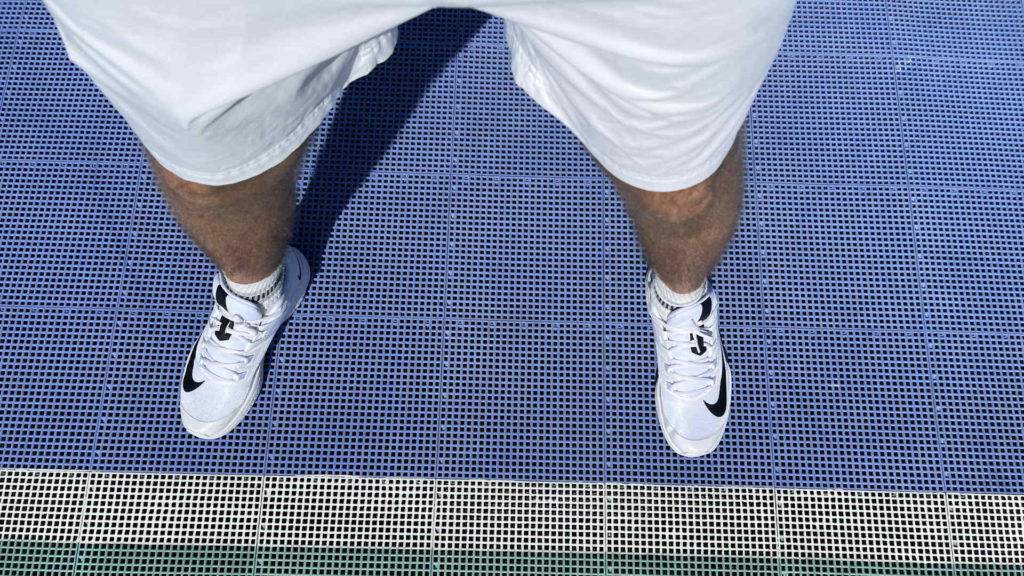
Open Stance
This stance is common on clay courts when players do not have the time to get their opposite leg across and need to slide the outside leg towards the ball. This is also the best stance for players that like to hit the ball at chest height and like to hit heavy spin. Not the best stance for lower balls or short balls as maintaining balance becomes an issue.
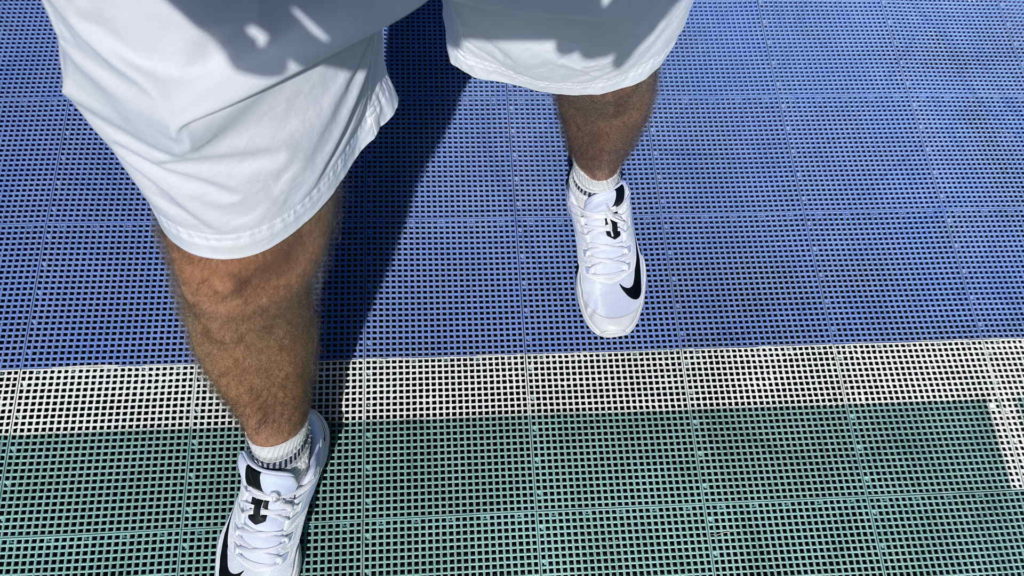
Over Open
This is very common in players new to tennis when they are not able to or even aware of the position on their feet when hitting the ball. This stance often makes players lose balance so is not very common but with more and more players in the professional tour sliding to the ball sometimes it is quicker slide the foot closest to the ball. This means ending up in an Over open stance. I do not recommend using this stance from the baseline as it is difficult to get power from the legs or hip rotation. This stance most likely to occur chasing down a dropshot.
If you found this post helpful, check out my posts on the 7 ways to hold your tennis racket and 5 tennis ball characteristics to help give you an edge in your next match.

